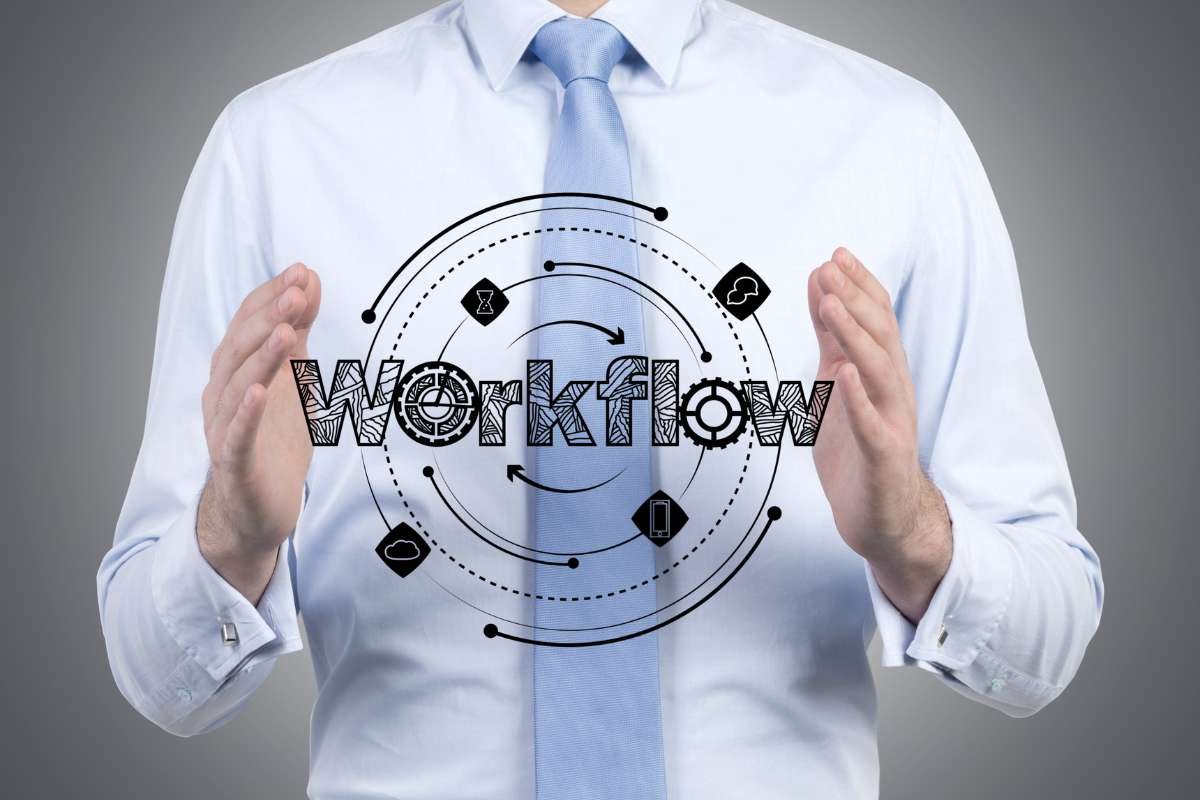Afternoon fatigue hits hard. The spreadsheet blurs, focus wavers, and motivation quietly leaves the room. For many professionals juggling deadlines, meetings, and personal responsibilities, these energy dips can feel inevitable. However, effective workplace energy management makes it possible to maintain steady focus and productivity—without relying solely on caffeine or sugar. Understanding what triggers these dips and how to manage them is key to moving from simply surviving the day to finishing strong.
Workplace Energy Management Tips for Daily Focus
1. Start the Morning with Energy in Mind
Effective workplace energy management starts before you even reach your desk. Breakfast choices play a crucial role in shaping mid-morning stamina. A balanced mix of protein, fiber, and complex carbohydrates helps regulate blood sugar and prevents energy crashes often triggered by refined sugars. Options like Greek yogurt with fruit, oatmeal topped with nuts, or eggs paired with whole-grain toast offer steady fuel to support focus and productivity.
Hydration is equally important. Dehydration, even mild, can lead to sluggish thinking and fatigue. A glass of water or herbal tea before coffee can set a more balanced tone for the day. Adding electrolytes or eating fruit with high water content such as oranges or watermelon can also help maintain focus through busy mornings.
2. Plan Workflows Around Natural Energy Patterns

Energy fluctuates throughout the day, typically peaking mid-morning and dropping in the early afternoon. Women often juggle multiple roles, both professional and personal, which makes understanding these rhythms even more critical. Scheduling demanding tasks like writing reports or conducting presentations during peak alertness can maximize efficiency.
Reserve administrative or repetitive tasks for lower-energy hours. Even a ten-minute pause between meetings can act as a mental reset. Using short breaks strategically rather than powering through can improve overall output and concentration.
3. Reassess Lunch Habits
Many office energy slumps can be traced back to lunch choices. From a workplace energy management perspective, heavy meals rich in processed carbs or saturated fats redirect blood flow from the brain to the digestive system, leading to post-lunch drowsiness. Opting for lighter meals with lean protein, vegetables, and complex carbohydrates supports sustained alertness and helps maintain steady energy throughout the workday.
Options like quinoa salads, wraps with grilled chicken and vegetables, or soups with beans and greens provide satisfaction and energy. Eating slowly and stepping away from the desk can improve digestion and encourage mental rest before returning to work.
4. Move Throughout the Day

Sitting for extended periods can contribute to low energy, poor circulation, and reduced focus. Incorporating small bouts of movement throughout the day helps keep the body active and the mind alert. Walking meetings, quick stretches at your desk, or taking the stairs instead of the elevator promote blood flow and oxygen to the brain.
Even short walks around the building or standing while on phone calls can stimulate alertness. Many report that these small actions do more than fight fatigue. They help reduce tension, improve posture, and create a sense of renewed motivation.
5. Manage Caffeine and Sugar Strategically
Coffee can offer a quick lift, but effective workplace energy management requires attention to timing and moderation. Excessive caffeine intake—especially after mid-afternoon—can disrupt sleep and fuel the next day’s fatigue cycle. Pairing coffee or tea with a protein-rich snack supports blood sugar stability and sustains energy more effectively than caffeine alone.
Avoid relying on sugary snacks or drinks to combat slumps. The initial rush often gives way to a sharp crash. Instead, choose snacks that combine protein and fiber, such as fruit with nut butter, hummus with vegetables, or yogurt with seeds. If your workplace offers a vending machine service, consider requesting healthier snack options to make energy-friendly choices more convenient.
6. Prioritize Mental and Emotional Breaks

Energy is not just physical. It is cognitive and emotional as well. Professionals often experience mental fatigue from multitasking or emotional labor such as managing workplace dynamics or maintaining professionalism under pressure. Setting boundaries and allowing yourself mental recovery periods is crucial.
Try scheduling a brief mindfulness break or deep-breathing session. Even a few minutes of quiet reflection, journaling, or looking away from screens can reset focus. Listening to calming music, stepping outside for fresh air, or chatting briefly with a colleague can help clear mental clutter.
7. Create an Energy-Conscious Workspace
The physical workspace plays a significant role in sustaining energy. Poor lighting, cluttered desks, and uncomfortable seating contribute to fatigue and distraction. Natural light improves alertness, while tidy workspaces promote mental clarity.
Adding small personal touches such as plants, photographs, or scents like citrus or peppermint can lift mood and motivation. Temperature also matters. A slightly cooler room keeps you more alert, while overly warm environments encourage drowsiness. Adjusting these details creates an environment more conducive to steady focus throughout the day.
We all experience fatigue, but workplace energy management is a skill that can be developed over time. The key lies in consistency. By understanding what influences our focus and making intentional adjustments throughout the day, we foster an environment where productivity and well-being can thrive. Look over the infographic below to learn more.









